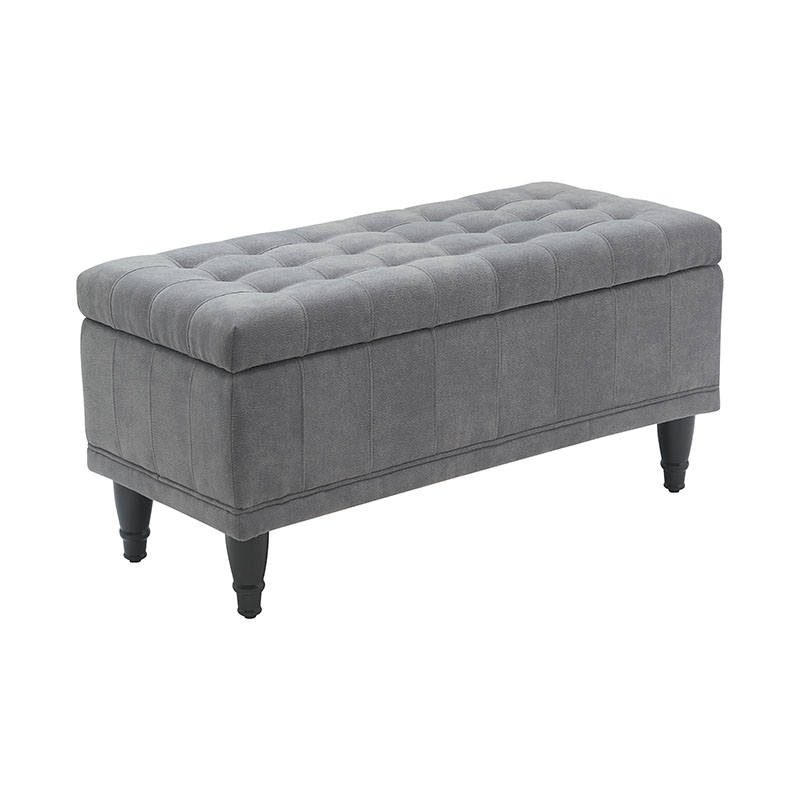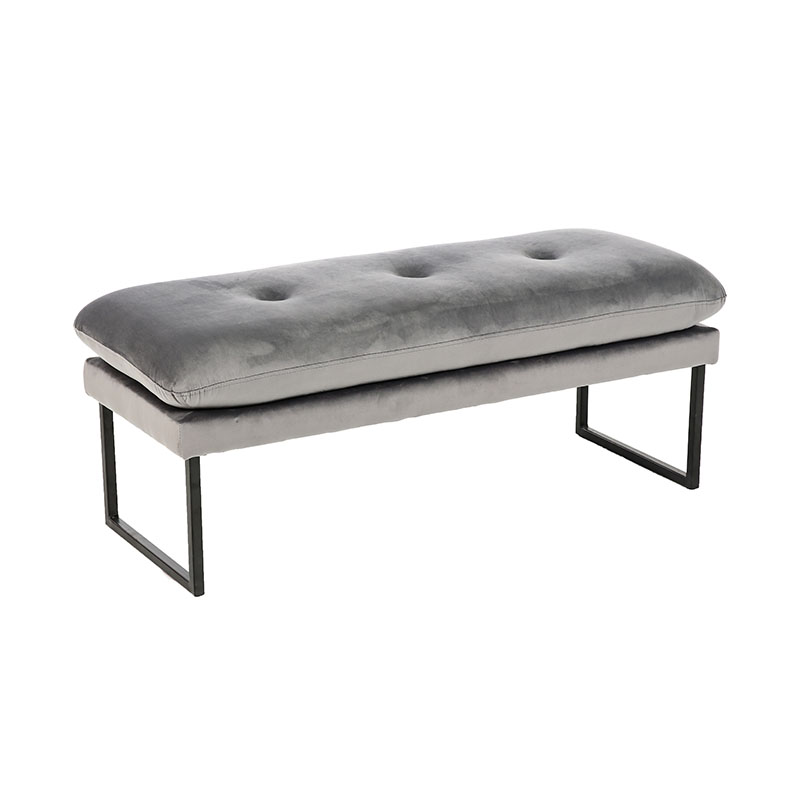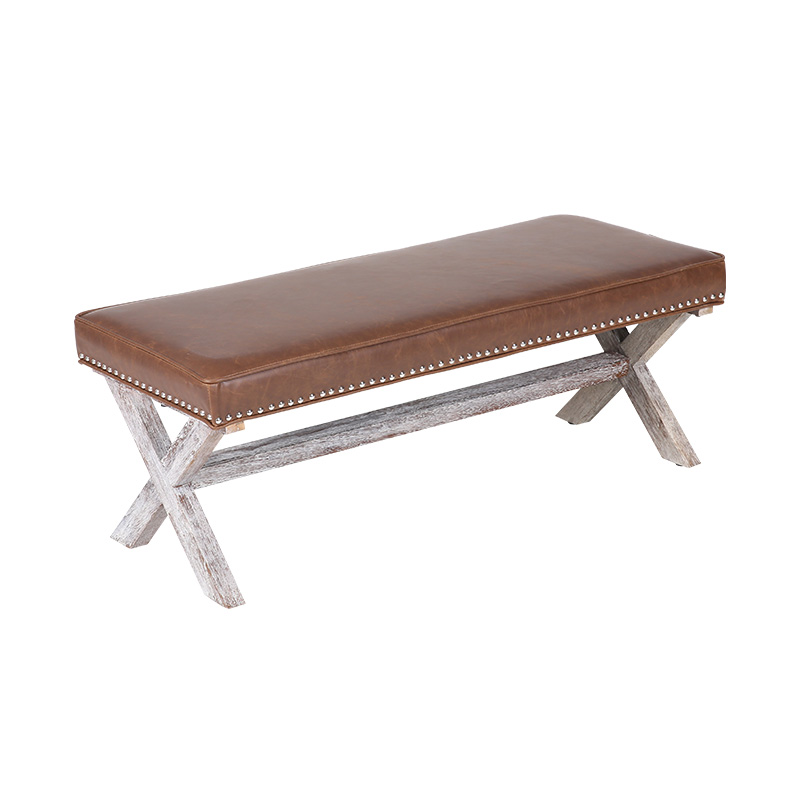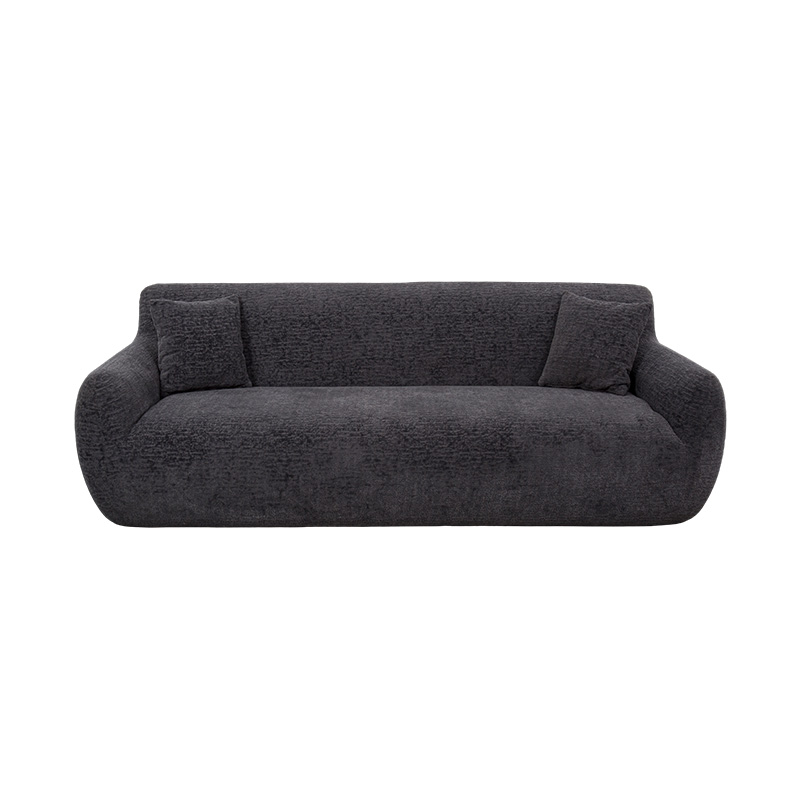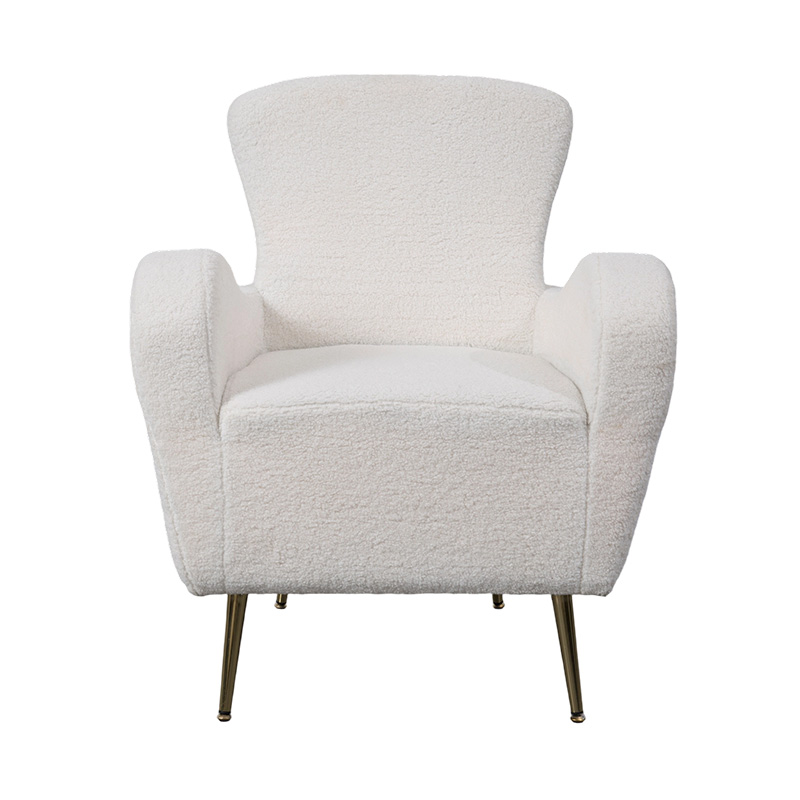When it comes to choosing seating for your home, office, or commercial space, benches are versatile furniture pieces that combine functionality with style. Among the most popular options are fabric bench and upholstered bench. While both offer comfort and aesthetic appeal, understanding their differences in style, design, and practical use can help you make an informed decision.
Understanding Fabric Benches
Fabric benches are seating pieces primarily covered in textile materials. They may have wooden, metal, or composite frames, but the defining characteristic is the visible fabric covering. Common fabrics include cotton, linen, polyester blends, velvet, and microfiber.
Style Characteristics of Fabric Benches
- Casual and Comfortable Aesthetic: Fabric benches often exude a relaxed, inviting look. Their soft textures and colors make them suitable for casual living spaces, bedrooms, or cozy reading nooks.
- Variety of Textures and Patterns: From smooth linen to plush velvet or patterned prints, fabric benches offer a wide range of textures, allowing designers to match different interior themes.
- Color Flexibility: Fabric benches are available in virtually any color, giving homeowners freedom to coordinate with walls, rugs, and décor accents.
- Lightweight Appearance: Many fabric benches have slim, minimalist frames that emphasize the softness of the material rather than bulky construction.
Popular Styles of Fabric Benches
- Tufted Fabric Benches: These benches often feature button-tufted upholstery, creating a textured, classic appearance.
- Smooth Fabric Benches: Sleek and simple, these benches work well in modern or minimalist spaces.
- Patterned Fabric Benches: From geometric prints to floral motifs, patterned fabric benches can serve as statement pieces in a room.
Understanding Upholstered Benches
Upholstered benches refer to benches covered in any soft material—fabric, leather, or synthetic alternatives—over padding. Unlike fabric benches, the term “upholstered” emphasizes construction and comfort, rather than just the covering material.
Style Characteristics of Upholstered Benches
- Structured and Formal Look: Upholstered benches often have more defined shapes, visible padding, and finished edges. This structure gives them a polished and sophisticated appearance.
- Material Diversity: Upholstery can include leather, faux leather, velvet, microfiber, or any fabric, making upholstered benches highly versatile in style.
- Detailing and Design Accents: Many upholstered benches feature decorative elements like piping, nailhead trims, button tufting, or scalloped edges, which add visual interest.
- Wide Range of Applications: Upholstered benches are suitable for entryways, living rooms, dining rooms, and even commercial spaces such as hotel lobbies.
Popular Styles of Upholstered Benches
- Traditional Upholstered Benches: Often feature carved wooden legs, rolled edges, and button tufting for a classic look.
- Contemporary Upholstered Benches: Clean lines, neutral colors, and simple padding make them suitable for modern interiors.
- Storage Upholstered Benches: Combine seating with hidden compartments for added functionality.
Key Differences in Style Between Fabric and Upholstered Benches
While fabric benches can also be upholstered, the main difference lies in design emphasis:
| Feature | Fabric Bench | Upholstered Bench |
| Focus | Texture, color, casual comfort | Padding, structure, detailed finish |
| Aesthetic | Relaxed, cozy, sometimes minimalist | Polished, formal, versatile in styles |
| Material Options | Mostly textile fabrics | Fabric, leather, faux leather, velvet, etc. |
| Construction Visibility | Often shows the frame | Frame usually hidden under padding |
| Decorative Elements | Patterns, simple tufting | Piping, nailheads, carved legs, structured padding |
In essence, fabric benches prioritize the visual and tactile appeal of fabric, while upholstered benches focus on comfort, structure, and versatility, often incorporating fabrics but with a more intentional design approach.
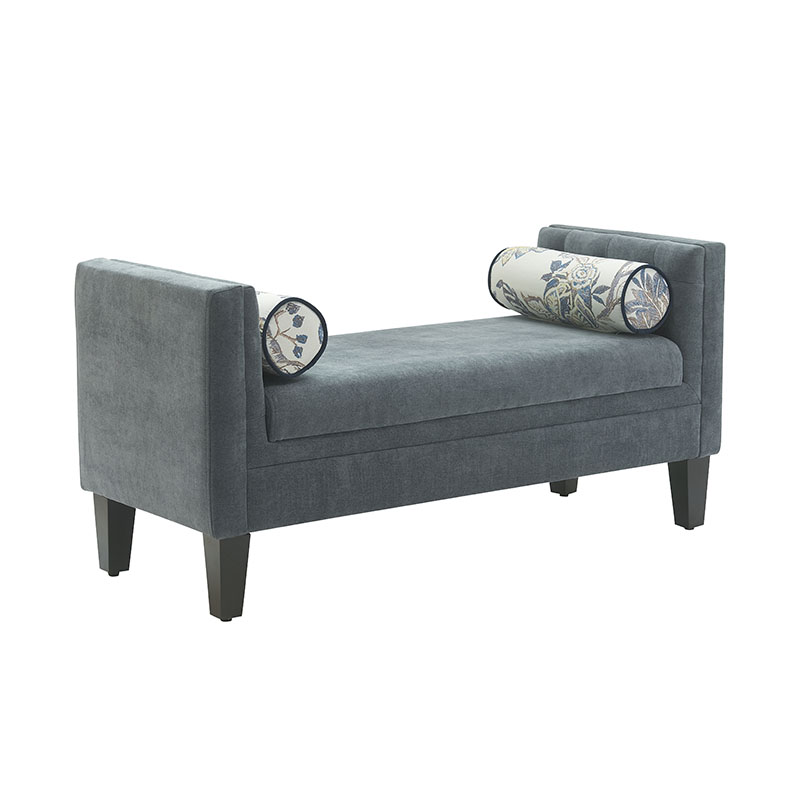
Choosing Between Fabric and Upholstered Benches for Your Space
Consider the Room’s Function
- Living Room: Both fabric and upholstered benches work well. Fabric benches add casual charm, while upholstered benches can provide a polished centerpiece.
- Entryway or Hallway: Upholstered benches often look more formal and provide a structured seat, whereas fabric benches can create a welcoming, relaxed vibe.
- Bedroom: Fabric benches add a cozy, soft accent at the foot of the bed. Upholstered benches offer elegance and durability if storage is included.
Consider Color and Texture
Fabric benches allow for greater experimentation with textures and prints, ideal for playful or eclectic interiors. Upholstered benches, with structured designs and potential leather coverings, suit formal or minimalist styles.
Maintenance and Durability
- Fabric benches may require more frequent cleaning, especially with light-colored or patterned fabrics.
- Upholstered benches with leather or treated fabrics tend to be easier to wipe down and maintain.
Combining Style and Function
Some modern designs blur the line between fabric and upholstered benches. For instance, a bench may feature a soft fabric cover with structured padding and decorative trim, effectively combining casual comfort with polished aesthetics. These hybrid styles allow homeowners to enjoy the best of both worlds: cozy fabric textures with the elegance of traditional upholstery design.
Conclusion
In comparing fabric benches to upholstered benches, the key lies in understanding your priorities:
- Fabric benches: Emphasize comfort, texture, and color variety, offering a casual, inviting look.
- Upholstered benches: Emphasize structure, padding, and detailed design, providing elegance, versatility, and a polished appearance.
Ultimately, the choice depends on the intended use, interior design style, and maintenance preferences. By considering these factors, you can select a bench that not only meets functional needs but also enhances the aesthetic appeal of your space.

 0
0


